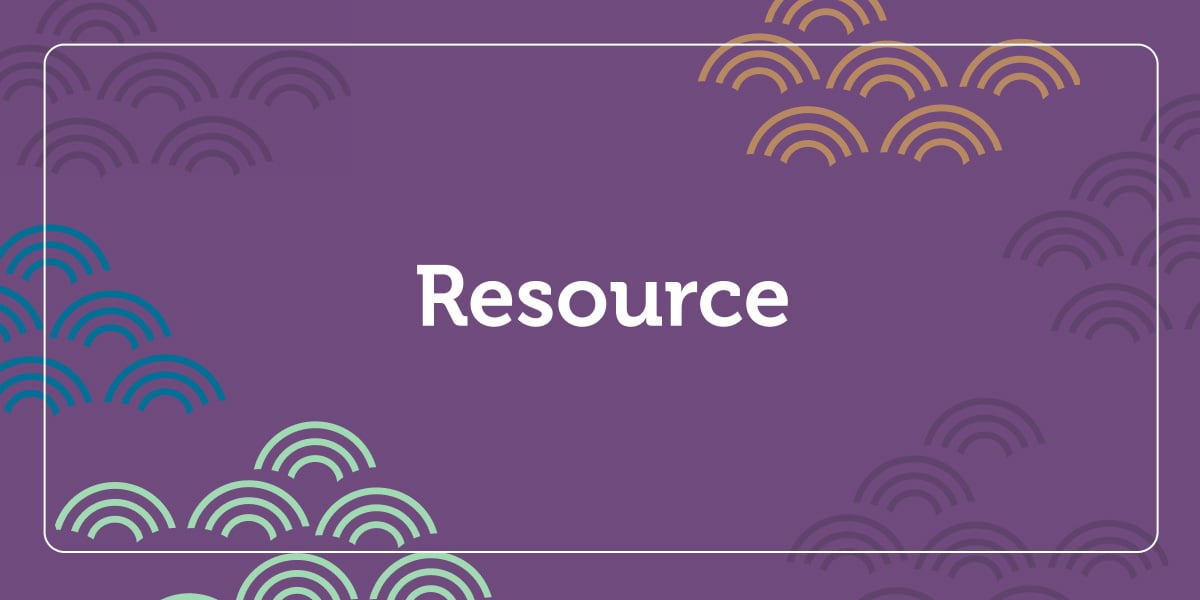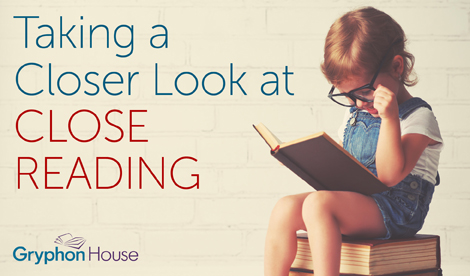

Books are wonderful things! Children’s books are especially poignant, full of important lessons and beautiful messages about life and emotion. They convey new thoughts and ideas and illustrate stories we may have never heard of otherwise. That’s why identifying with books in early childhood is just as important as learning to read them. Close reading is a way to aid in that connection.
What is Close Reading?
Close reading is a means of developing a deep understanding of a text by focusing on significant details or patterns. Close reading for elementary students includes having the children analyze the emotions and events in a story and imagine being in the characters’ shoes. This gives them a better overall understanding of the text while forging a connection with it that may influence them for the rest of their lives.
Close reading strategies are a relatively new way of teaching stories brought in by the Common Core curriculum. Since it is so new, teachers may have difficulty determining what counts as a close reading activity or how to teach this analysis to young children. Thankfully, there are many books available that provide fun and useful information on teaching close reading to children. Story S-T-R-E-T-C-H-E-R-S for the Primary Grades by Shirley Raines and Brian Scott Smith is one of these reading resources for teachers. In it, Raines and Smith present many hands-on, analytical activities that can be done in tandem with reading some of the most popular children’s books ever written. These activities, relevant to each story, connect children with the text in a way that simply reading the book does not.
What are Close Reading Activities?
Some examples would be the activities presented with the book The Velveteen Rabbit. This book has many emotional layers that can be difficult for children to understand on the first read. Therefore, it helps to look at the story again with art projects, music, and writing. Raines and Smith suggest one project that focuses on breaking the story into chunks. The children would make a brochure with panels that show the beginning, middle, and end of the story. Breaking up the narrative—especially for a longer book like The Velveteen Rabbit—teaches children how to pick out the important details in a story and how to understand the plot.
Another activity is putting on a puppet show in the classroom library. This not only retells the story, but makes the children pay closer attention as they determine where their character comes in. The teacher can read the story while the children act it out with stuffed animals for each character. This provides a more kinesthetic approach to the story as well, which makes it more memorable for young children.
The final activities presented in Story S-T-R-E-T-C-H-E-R-S move the focus away from the story itself and connect it to other things. Teachers can bring in music by playing “The Dance of the Toys” from The Nutcracker Suite and explain that in that ballet, just like in the story, toys come to life. This invites the children to imagine how those toys act versus how the ones in the book act, how they feel, and how they may be the same or different. Then, children can write about their own toys and what would happen if they came to life. With each activity, the story gradually moves from being a closed-off event to incorporating the children and their own experiences.
Why is Close Reading Important in Early Childhood Education?
Close reading delves more into reading comprehension than simple literacy does. At preschool age, children haven’t mastered reading to the point that they can extract figurative language or find symbolism and significance in the words on the page. They need to focus on the story rather than the words themselves. These close reading activities let them do that. By taking the story out of the binding on the book and bringing it to life with music, dramatic play, and imaginative writing, children are able to understand how elements of the story mirror and connect to the real world.
This ability to draw parallels between real life and stories is vital to reading comprehension later in education. If a child does not understand the events of a book or cannot connect to them, they will simply read the words on the page without giving them meaning. Practice with extracting important details (as seen in the art activity) provides a foundation for recognizing patterns and symbols in later English classes. The same can be said with recognizing separate characters (the puppet show) and being able to analyze characterization.
Close reading is a multifaceted concept with different objectives for each age group, and there is no better place to start than in early childhood. Consider adding it to your classroom curriculum and bring your students’ reading to life!
Author(s)Brian Scott Smith, Shirley Raines
Marketer. Publisher. Reporter. Educator. Mother. Runner. Explorer. Anna served as director of marketing for Gryphon House from Oct 2014 - May 2017.
Topics: